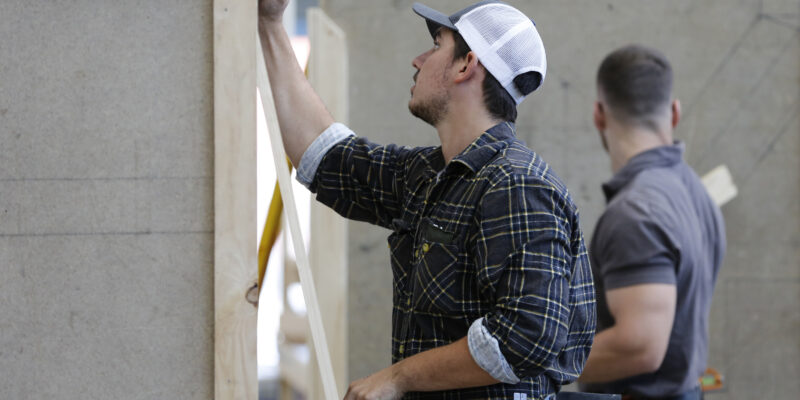Tradie shortfall a major factor in housing crisis
Aging skilled workforce and competition from other industries holding back residential house builds.

TENS of thousands of additional tradies are needed to meet the 1.2 million Housing Accord target.
A new report by Build Skills Australia, the government’s jobs and skills council, says there is a 116,700 shortfall.
“Significantly more workers will need to be allocated to the residential construction sector to achieve the Housing Accord ambition,” its Housing Workforce Capacity Study notes.
“A level of construction activity consistent with achieving the target will demand 23.8 per cent more labour in 2029 compared to a baseline scenario that does not include the Housing Accord ambition.
“Under typical conditions, existing labour supply channels are projected to add around 23,000 workers by 2029.
“Achieving the Housing Accord target, however, will require an additional 116,700.”
Commenting on the study, Housing Industry Association Executive Director Mike Hermon said the National Accord target was at risk.
“Due to several factors, including an aging workforce and competition for trades from other sectors – such as infrastructure and renewables projects – the next generation of trades has not kept pace,” he said.
“There are around 277,800 skilled trades workers in the residential building industry, which highlights the extent of the shortfall.
“The additional trades needed also only represents the net increase in the workforce that will be required.
“The number of new additions to the workforce will need to be even greater than this to offset the number of workers as they leave the industry.”
Master Builders Australia CEO Denita Wawn said the workforce challenge was real and immediate, adding: “The commitment to addressing skills and workforce shortages is crucial in achieving the National Housing Accord.
“Government must pull the high-impact levers to reduce the cost and friction of taking on apprentices, open clear pathways for women and mid-career entrants, modernise migration, drive productivity through procurement and planning, and expand the training system’s bandwidth.
“Do these things now and we can turn commitments into keys in doors.”
The BuildSkills study outlines five levers that can unlock people and lift output – apprenticeships, women in construction, smarter migration settings, productivity improvements, and reforming the VET system to deliver at volume and speed.






